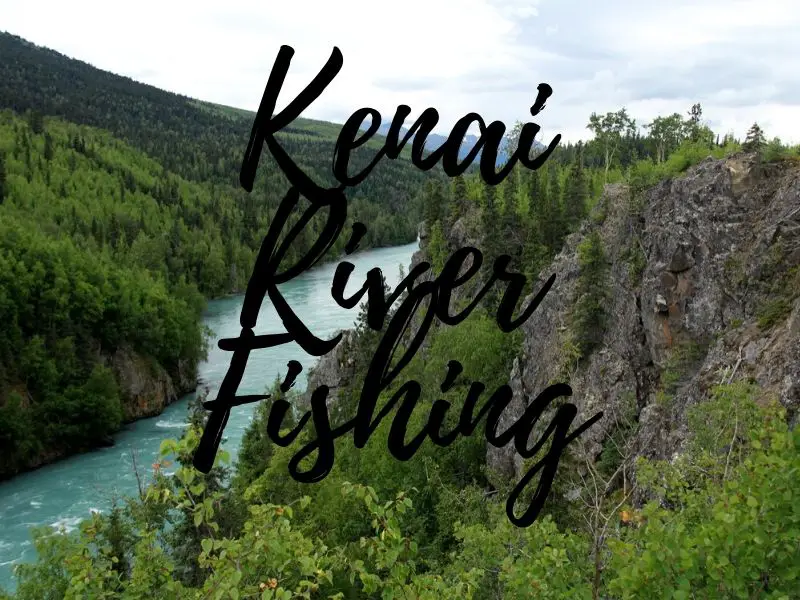Kenai River is the most popular fishing destination in Alaska. The river stretches 82 miles through gorgeous natural scenery that makes it a paradise for outdoor enthusiasts and those seeking a relaxing fishing getaway. Kenai is prized for its salmon fishing, though you can catch a variety of other species throughout the river as well. In this short guide, we will cover the kinds of fish you can expect to catch, the equipment you will need, and give a few additional tips to help you make the most of your trip to fish Kenai river.
Fish Species in Kenai River
Kenai River is most prized for its salmon. You can catch monster sockeye salmon, chinook (king) salmon, coho salmon, and pink salmon. In addition to its world-class salmon fishing, Kenai is also known for its rainbow trout, steelhead trout, and arctic char fishing.
Recommended Gear
If you’re booking a guided fishing trip on the Kenai, they will often provide everything you need for your adventure. However, if you decide to bring your own, we have a few recommendations.
If you’re mainly interested in targeting salmon, a 6.5 to 9-foot conventional rod is a good choice. Something with a fast to medium action will work great. Use a 20-35 lb test line.
You can also use a fly rod. Something around an 8-10 weight rod that is around 8.5 to 10 feet in length is a good choice. Just remember that salmon are known to fight hard so you will need tough gear that can withstand a thrashing.
If you’re after arctic char or rainbow trout, a conventional rod with 10-15 lb test line will work. If you would prefer to use a fly rod, use around a 5 to 7 weight rod.
Spinners and spoons will work for salmon, rainbows, and char. For fly gear, colorful fly patterns or beads can work great.
Kenai River Fishing Tips
Time Your Trip Right
If catching sockeye is your goal, summer can be the ideal time to visit Kenai. Rainbows can be caught nearly year-round, so there is always some good fishing, it just depends on the species you are looking for.
Change Your Hook Often
A lot of times when fishing sockeye salmon you will be hitting rocks with your hook since they run close to the riverbank. This can cause them to become dull very quickly. You will want to carry extra hooks close by so you can quickly change your hook and avoid losing fish.
Use Just Enough Weight To Reach the Bottom
If you’re after sockeye salmon you want enough weight on your lure to barely touch the bottom. You will usually be targeting areas ranging from 2-5 feet deep so about .5 to 1 oz should work fine.
Related Posts:
How to Catch Coho Salmon

